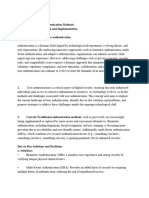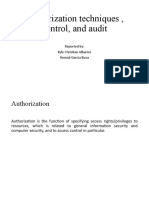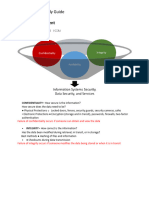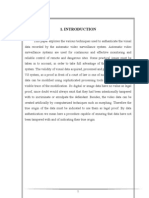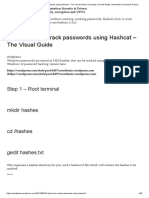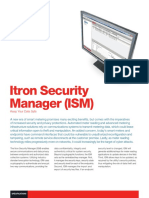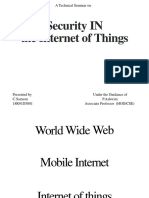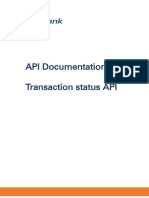0% found this document useful (0 votes)
18 views4 pagesAuthentication Methods
The document outlines various authentication methods used to secure access to systems and data, categorizing them into types such as password-based, two-factor, and biometric authentication. Each method is described with its advantages and disadvantages, highlighting aspects like security strength, convenience, and potential vulnerabilities. The document emphasizes the importance of selecting appropriate authentication methods based on user needs and security requirements.
Uploaded by
AramCopyright
© © All Rights Reserved
We take content rights seriously. If you suspect this is your content, claim it here.
Available Formats
Download as DOCX, PDF, TXT or read online on Scribd
0% found this document useful (0 votes)
18 views4 pagesAuthentication Methods
The document outlines various authentication methods used to secure access to systems and data, categorizing them into types such as password-based, two-factor, and biometric authentication. Each method is described with its advantages and disadvantages, highlighting aspects like security strength, convenience, and potential vulnerabilities. The document emphasizes the importance of selecting appropriate authentication methods based on user needs and security requirements.
Uploaded by
AramCopyright
© © All Rights Reserved
We take content rights seriously. If you suspect this is your content, claim it here.
Available Formats
Download as DOCX, PDF, TXT or read online on Scribd
/ 4















































